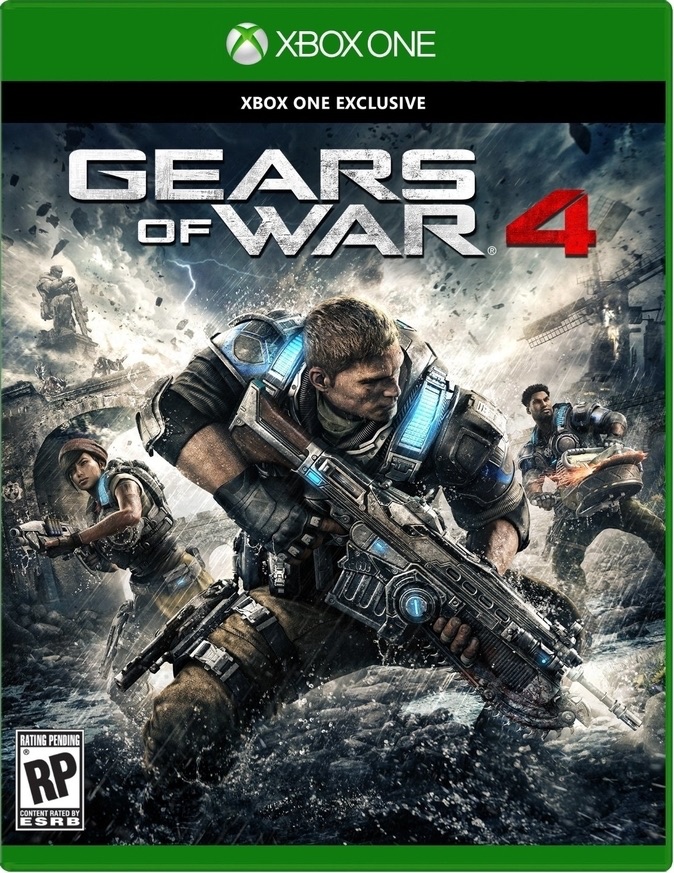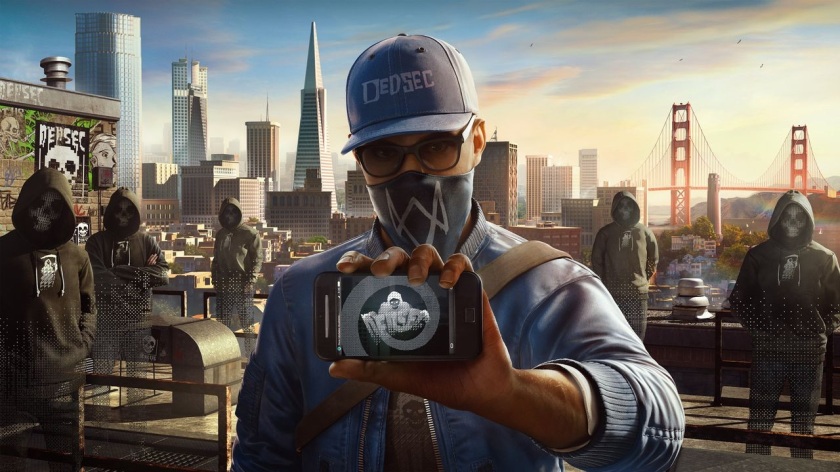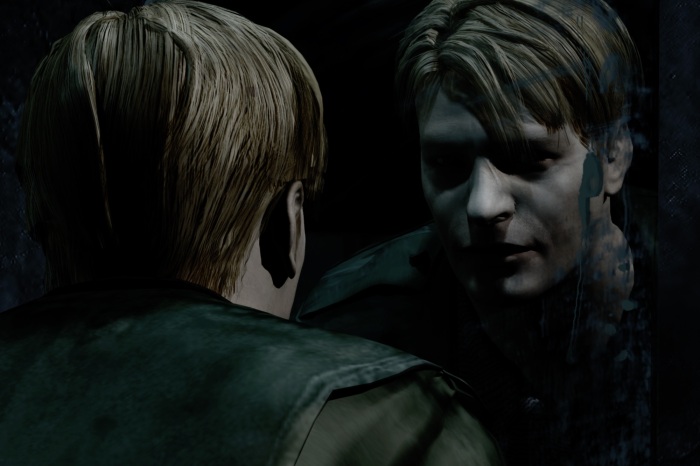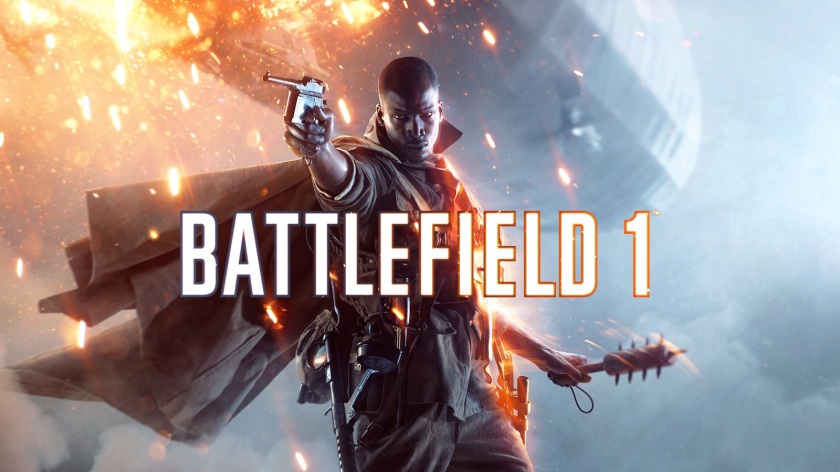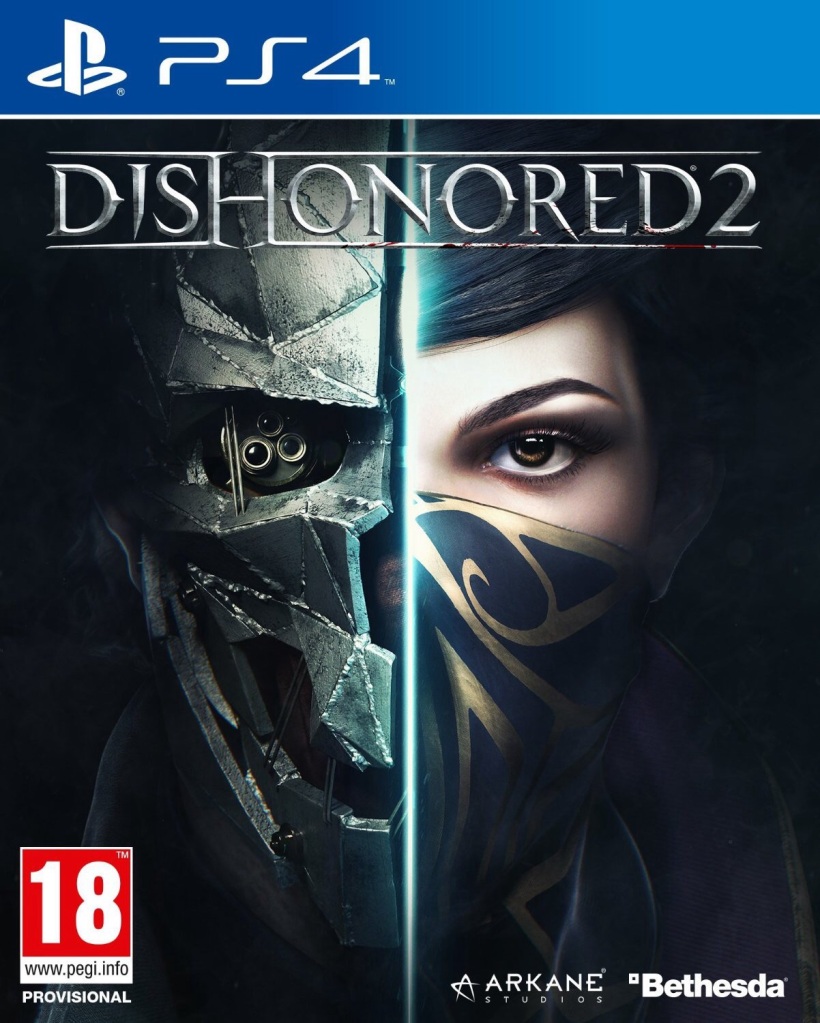Credit where it’s due, developer The Coalition built up as much good faith as they could before this, their first original game in the Gears of War series, and one that continues a story that unambiguously ended (to quote Simon Miller of VideogamerUK “We’ve won. But Marcus is sad.”). Their current gen remaster of the original game was excellent, and both that and Gears 4 come bundled with digital copies of every other game in the series. Despite having a new main cast and what was advertised as a more horror focused direction they brought back series mainstays and seemed to retain the core game mechanics; put simply The Coalition really want you to like this game. I picked it up on the cheap recently, and to put things into perspective: I’m a fan of the series but I don’t think they’re amazing, I beat all three again recently and I went into this expecting at least decent things.
They cocked it up. Well, at least they do to begin with. Like the previous three games it’s split into acts, but unlike those games the first two of five acts are all about fighting robots. Waves upon waves of robots all clad in Warhammer 40K Space Marine blue, armed with nerf guns fighting a Scooby gang of new characters in colourful environments ripped from some horrific Kinect remake of Knack. You are JD Fenix, son of Marcus from the first game, who now lives in what appears to be this universe’s equivalent of a Native American reservation. Robots run the main human settlements, an irritable woman in glasses with no discernible personality besides irritation is in charge of all the robots, and ever since the end of the Locust war in Gears 3 everything’s alright, if you like robots. The first two acts are terrible, to the point that if I hadn’t seen any trailers for the game I would have stopped playing it. Thankfully once you’ve got past this point you never have to fight them again, and from that point the game does pick up speed, despite still having problems. The important part of the story is that the Locust aren’t dead; they’re starting to mutate after hibernating and they’re all coming back with vaguely defined new strength. You find this out by slogging through an abandoned town full of monsters and covered in goo and then break into a Locust mass grave in a mine- this part of the game is considerably better. Unfortunately the new characters remain poor throughout. Marcus is enjoyably gruff and irritable but your token Black mate and Native American (I think) girlfriend (again, I think) are bland, with attempts at snappy, light-hearted dialogue that leans heavily on jokes and rapidly becomes annoying. Chief annoyance is JD himself, who for all intents and purpose is buff Nathan Drake but without the climbing and fondness for the phrase “oh crap”. To top it all off the game just abruptly ends on an “it’s only just begun” note, and the now older Augustus Cole and Damon Baird didn’t settle down and get married after the war like they obviously should have done.
Gameplay wise things have been tweaked, but the core mechanics are the same as they’ve always been. The aforementioned robots don’t clearly show if they’re taking damage or not, and all seem to take masses of bullets to kill, especially these bloody shielded drones that pop up now and then. Gears as a series is about over the top blood and gore, it’s the game that put a chainsaw on the end of a gun as a one-hit kill melee weapon. In previous games one of the one-liners triggered by this event is “Nothin’ but bits…” So WHY AM I FIGHTING ROBOTS? Seriously this may not sound like a big thing but it’s forty percent of the game, so it really spoils it. However on the fleshy, organic side of things it’s a good time, though it feels a bit easier and less hectic than previous games. For one thing enemies won’t finish you off and your hip, young mates will save you practically without fail, combined with less pressure from enemies and the new cover attack system where you can vault over walls/pull enemies over them to stun them and execute them with a button press. Of the three new enemies for this installment one is just the brute from Dead Space but with its weak spot in its armoured chest rather than its back and the other two are irritating, armoured quadrupeds, one of them likes to pounce on you like a dog that’s pleased to see you and the other one sucks you up into its gut like in Men in Black. All three are pretty much exclusively used as sub bosses, but they all work fine. There are a fair few new weapons but while some are good for a laugh first time you use them none of them are as good as the existing guns
Overall Gears 4 is shaky, but it’s headed in the right direction. The new characters are irritating and fighting robots can absolutely piss off but the time spent fighting organic enemies are solid and the story they’ve started to tell here has promise, as long as they push on with it in Gears 5 and stop spending all their time on set-up. The sequel will probably be great, just like Gears 2 was, but this one is a somewhat rough start.
By James Lambert18
@jameslambert18
